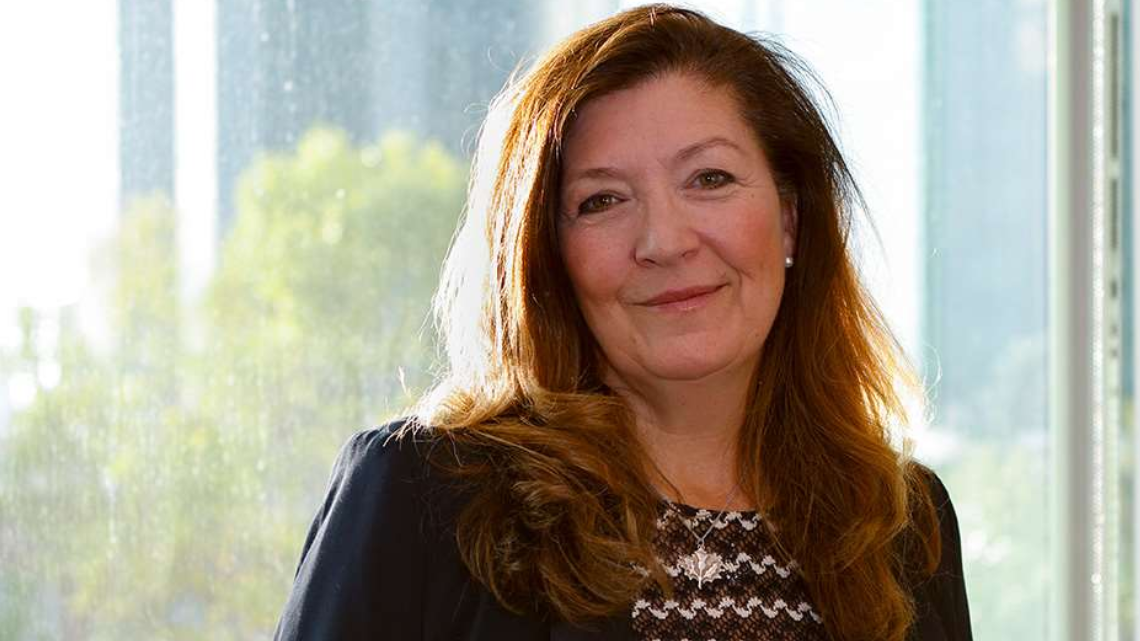In the aftermath of a tumultuous period for Hockey Canada, Katherine Henderson stepped into the role of the organization’s first female president and CEO. Tasked with cleaning up the mess left by the misuse of funds to settle a sexual assault case, Henderson brings a wealth of experience from her previous role as CEO of Curling Canada, where she successfully advocated for pay equity for female players.
From Curling to Hockey: Navigating Cultural Differences
Transitioning from the world of curling to the intense culture of hockey, Henderson acknowledges the differences. While both sports share competitiveness at the elite level, curling carries a unique social aspect, with winners traditionally buying drinks for the losing team—a practice less likely in the world of hockey.
Hockey Canada’s Reckoning: A Sad Chapter
Reflecting on the scandal that rocked Hockey Canada, Henderson expresses sadness. Recognizing the efforts of thousands of volunteers committed to creating positive hockey experiences, she emphasizes the need for a trustworthy system amidst the challenges faced by national teams, coaches, and amateur leagues.
Taking the Helm: The Appeal of Rebuilding
Despite the challenges witnessed during Hockey Canada’s meltdown, Henderson, drawn to building things from the ground up, embraced the opportunity to lead the organization. Rejecting the notion of Hockey Canada as a “burning building,” she sees it as an opportunity for transformation.
Beyond the Boards Summit: A Strategic Gathering
One of Henderson’s early initiatives, the Beyond the Boards Summit, brought together stakeholders from hockey, Olympic committees, Paralympic committees, and subject-matter experts. The summit aimed to address the prevalent issues in hockey culture, acknowledging the existence of elitism, gender-based violence, homophobia, misogyny, racism, and sexism.
Tackling Cultural Issues: Locker Room Conversations
One of the pivotal discussions at the summit revolved around the culture in locker rooms. Henderson highlights the varied responses from female players, with some denying such issues in their locker rooms, while others had moments of reckoning, questioning their contributions to a problematic culture.
Rebuilding Trust: Consent Training and Policy Changes
To ensure a physically and psychologically safe environment, Hockey Canada introduced consent training for athletes and staff. Diversity and inclusion guidance, efforts to recruit more women and girls, and a new rule mandating players to wear a base layer in shared dressing rooms contribute to the organization’s commitment to change.
Inclusive Approach: Embracing Diversity
Hockey Canada’s efforts extend to inclusivity beyond gender, with initiatives like a registration drive featuring ads in Chinese and Punjabi. Henderson emphasizes the need to bring the sport to new Canadians, recognizing the changing demographics and the importance of making everyone feel welcome on the ice.
Hero Worship and Accountability: A Necessary Conversation
Acknowledging the hero-worship culture in hockey, Henderson calls for a deeper conversation about whether players are worthy of the pedestals they are placed on. She highlights the need to consider athletes as great people beyond their athletic prowess, promoting a more holistic admiration.
Family-Like Communities in Hockey: A Personal Perspective
Reflecting on her son’s positive experience in rep hockey, Henderson attributes it to a close-knit community of involved parents who watched over each other’s children. She emphasizes the importance of fostering an environment where everyone feels like part of a big family.
Author Introduction: Pritish Kumar Halder
As we delve into the complexities of rebuilding Hockey Canada’s image with Katherine Henderson at the helm, Pritish Kumar Halder unravels the narrative. With an eye for the nuances of sports culture and leadership dynamics, Pritish captures the essence of Henderson’s journey and the challenges faced in reshaping the future of Canadian hockey.











